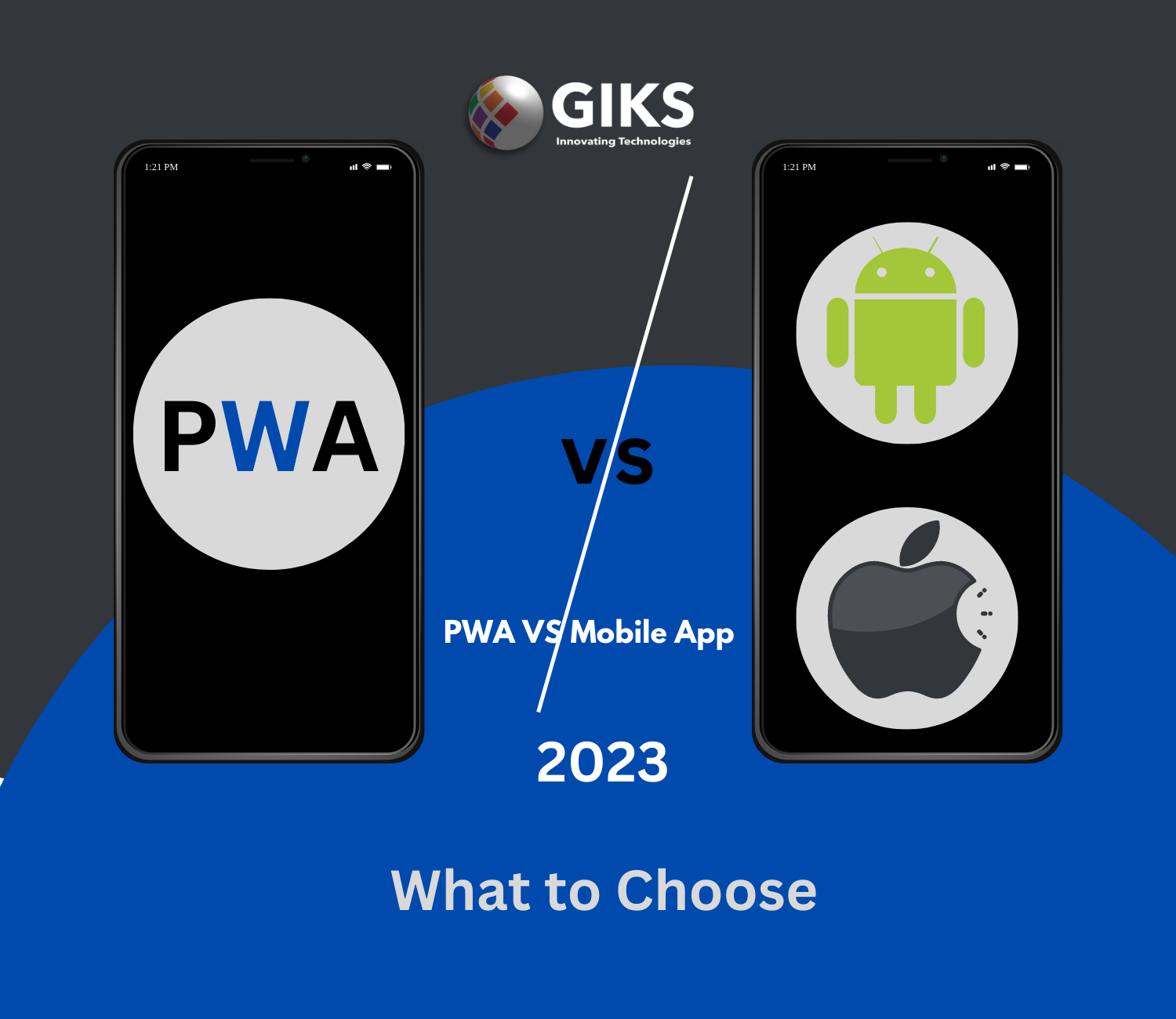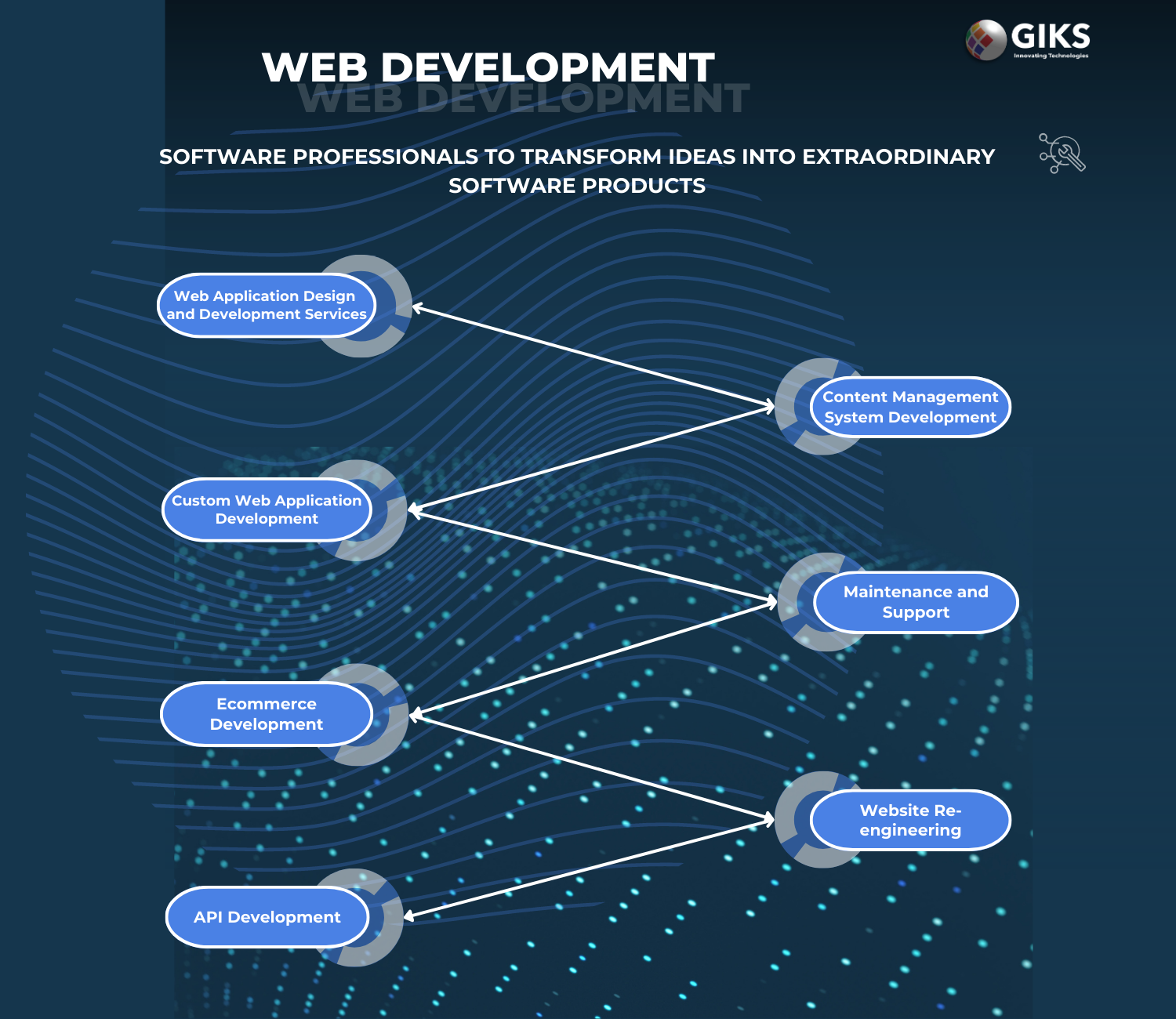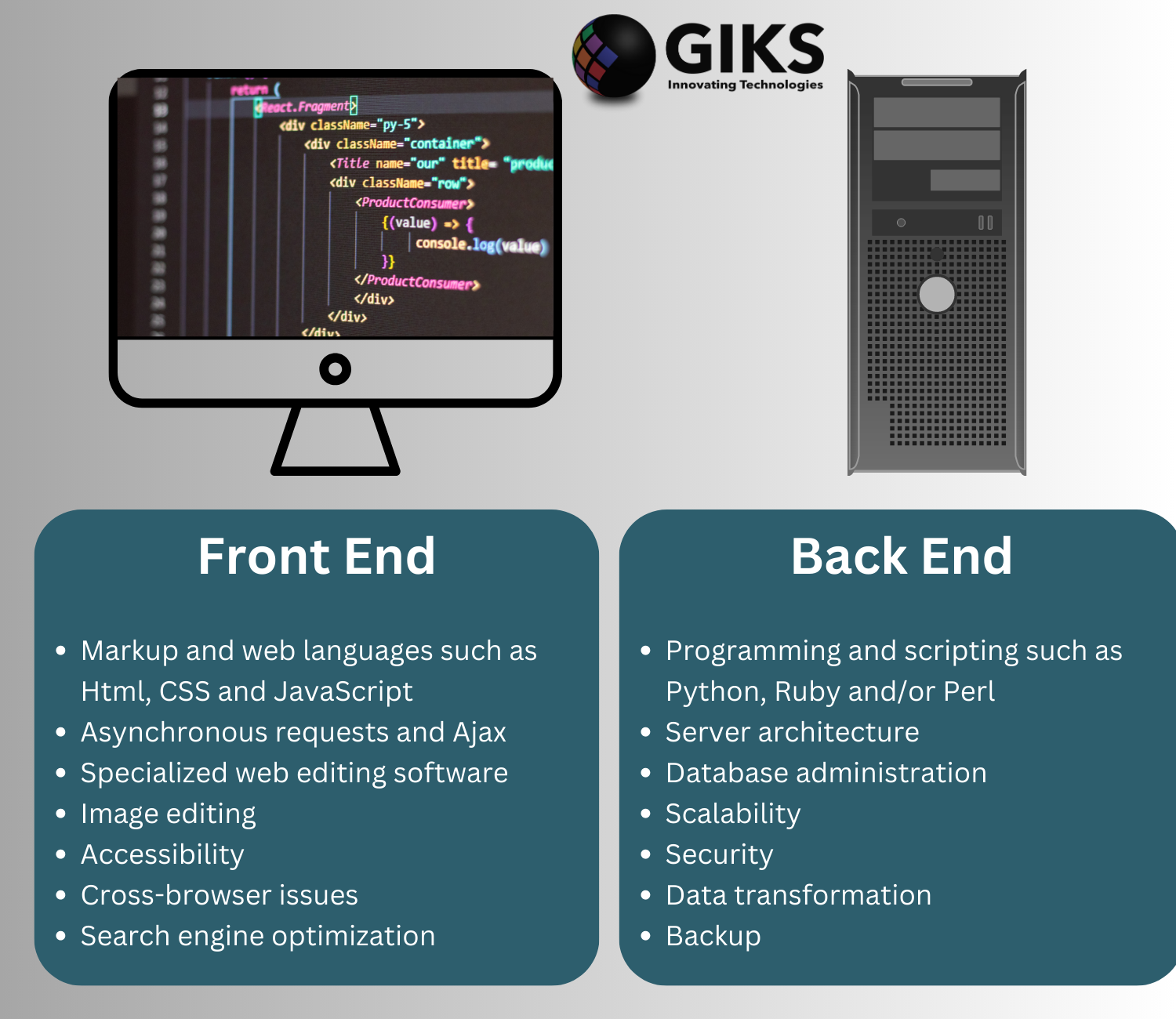Introduction:
In the world of web development, two essential aspects work in harmony to create fully functional and visually appealing websites and applications: frontend and backend development. Both frontend and backend play critical roles in delivering a seamless user experience and ensuring that the website or application runs smoothly. In this blog, we will delve into the differences between frontend and backend development, explore their unique functions, and understand how they collaborate to bring the digital world to life.

Frontend Development:
Frontend development, also known as client-side development, involves everything that users see and interact with on a website or application. Frontend developers are responsible for designing and implementing the user interface (UI) and user experience (UX) components. They work with HTML, CSS, and JavaScript to build the visual elements, layout, and interactivity of the website.
Key Aspects of Frontend Development:
- HTML: Hypertext Markup Language (HTML) forms the structure of web pages, defining the content and layout.
- CSS: Cascading Style Sheets (CSS) are used to control the presentation and styling of HTML elements, making the website visually appealing.
- JavaScript: JavaScript brings interactivity to the frontend by enabling dynamic features like animations, form validations, and real-time updates.
Backend Development:
Backend development, or server-side development, focuses on the behind-the-scenes functionality of a website or application. Backend developers build and manage the server, databases, and application logic that enable the frontend to function smoothly. They work with server-side programming languages like Python, Ruby, Java, or PHP, and database management systems to handle data storage and retrieval.
Key Aspects of Backend Development:
- Server: The backend server is responsible for processing user requests, handling data, and managing security.
- Database: Backend developers use databases to store and organize data, ensuring efficient data management and retrieval.
- Application Logic: Backend developers implement the business logic and algorithms that drive the website's functionality.
Collaboration between Frontend and Backend: Frontend and backend development are closely interlinked, and effective collaboration between the two is crucial for creating a successful web application. When a user interacts with a web page, the frontend sends requests to the backend server for data or specific actions. The backend processes these requests, retrieves data from the database (if necessary), and sends the required information back to the frontend, which then displays it to the user.
Conclusion:
In conclusion, frontend and backend development are integral parts of web development, each with its distinct roles and responsibilities. Frontend developers focus on creating visually appealing and user-friendly interfaces, while backend developers work on the behind-the-scenes functionality and data management. Successful web development projects require seamless collaboration between frontend and backend teams to deliver a compelling and smooth user experience. By understanding the differences and synergy between frontend and backend development, businesses can build powerful web applications that engage users and drive growth in the digital landscape.




